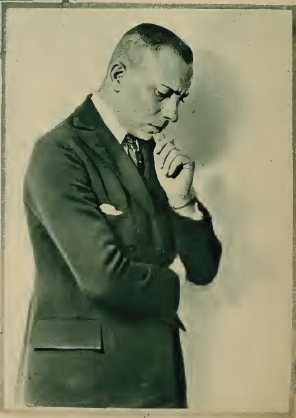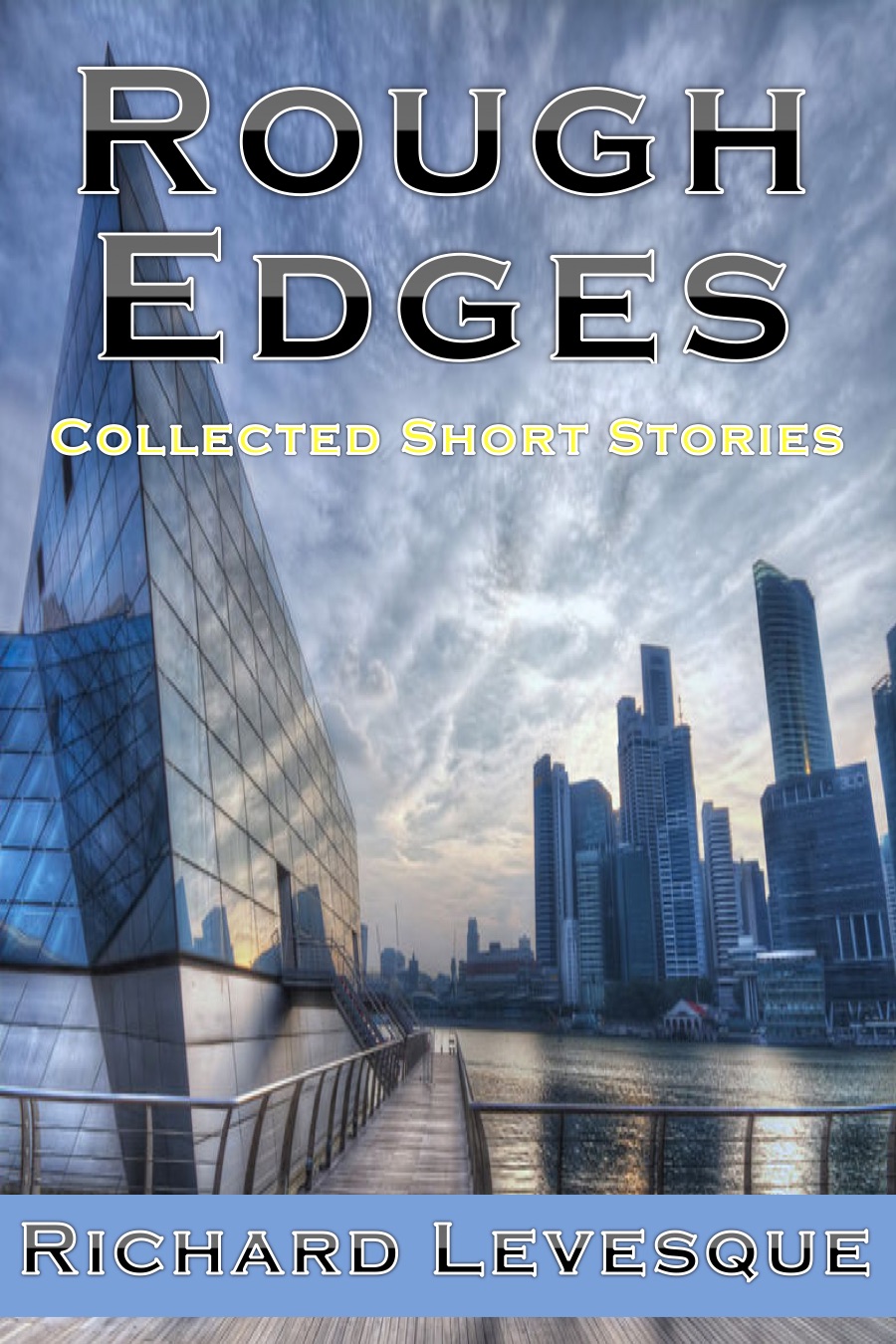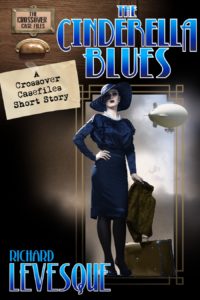A Lost Angelino
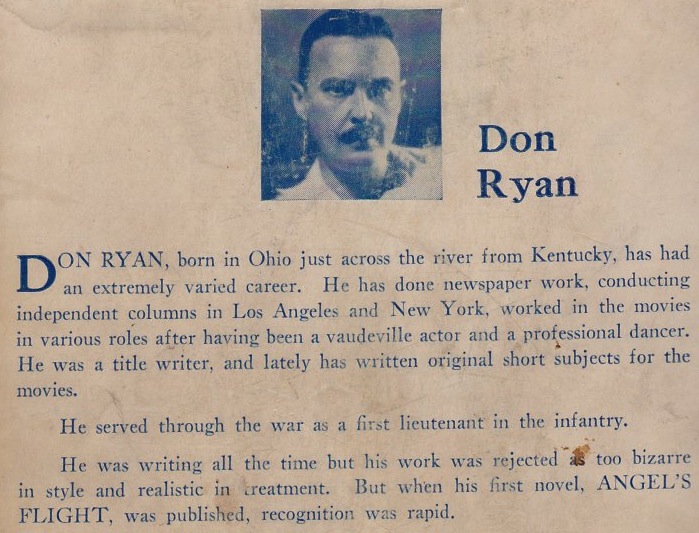 I first came across a reference to Don Ryan when I was reading Kevin Starr’s Americans and the California Dream series, a remarkable history of California. Starr identified Don Ryan’s Angel’s Flight as one of the first novels about Los Angeles and Hollywood, and since that was the focus of my dissertation, I sought out a copy of the book as quickly as I could.
I first came across a reference to Don Ryan when I was reading Kevin Starr’s Americans and the California Dream series, a remarkable history of California. Starr identified Don Ryan’s Angel’s Flight as one of the first novels about Los Angeles and Hollywood, and since that was the focus of my dissertation, I sought out a copy of the book as quickly as I could.
I had hoped that Angel’s Flight would fall into the same category as other LA novels that I have loved for years–John Fante’s Ask the Dust, Nathanael West’s Day of the Locust, Horace McCoy’s They Shoot Horses, Don’t They? and I Should Have Stayed Home, James M. Cain’s Mildred Pierce, and of course Raymond Chandler’s The Big Sleep and the rest of his Philip Marlowe books.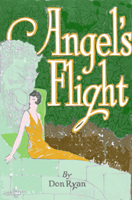
I wasn’t disappointed. While Angel’s Flight doesn’t have the same qualities as those other books and is in some ways rather flawed, it’s still a remarkable work, and as I read it I found myself amazed that this book had slipped into obscurity.
Because that’s where it is. Published in 1927, the book has been out of print since its first run. It’s a somewhat picaresque novel about a returned World War I veteran who slowly works his way up through Los Angeles society, first as a bootlegger’s henchman, then as a reporter, and finally as an actor and playwright. Along the way he encounters a variety of interesting characters, some of whom completely take over the narrative. Among the most notable characters is a film director whom Ryan modeled after his friendship with Erich von Stroheim, the famous (or infamous) director of films like Greed and The Merry Widow who also had a career as an actor and may best be remembered for his role as Max in Sunset Boulevard.
Upon doing some research, I found that Don Ryan had been a reporter for a little Los Angeles newspaper called The Record in the early 1920s, and some of his columns had ended up as chapters in Angel’s Flight with almost no alteration. This accounts for the point-of-view shifts in the novel that may strike some readers as sloppy, but if you ask me it adds to the book’s sense of disjointed alienation.
Ryan also did a lot of stories for Hollywood magazines like Photo Play and Picture Play, writing about visits to Mack Sennet’s studios and other industry-insider types of things. My guess is that was how he met von Stroheim and eventually ended up with bit roles in the director’s Merry Widow and Wedding March after having become part of his inner circle of friends.
From what I’ve been able to piece together, Ryan went on writing, living in Los Angeles and New York. He wrote several screenplays and three more novels, all of which are quite compelling. The most interesting, if you ask me, and better than the more well-known Angel’s Flight is his 1930 follow-up, A Roman Holiday (not to be confused with the later Peck/Hepburn film). This one is more conventional than his first novel but in some ways 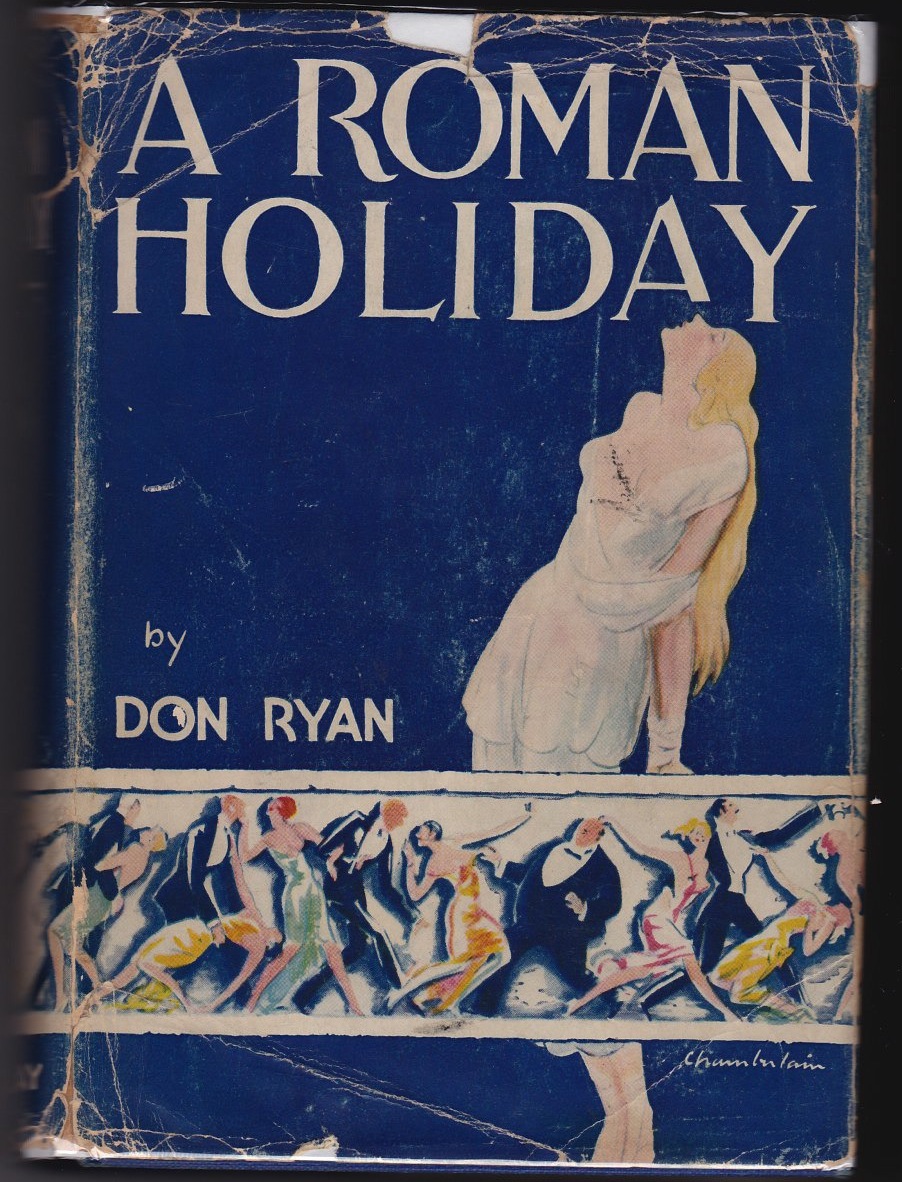 mirrors it. Now a young woman works her way up from “nautch” dancer in a Tiajuana nightclub, eventually becoming a successful film director after befriending Charlie Chaplin and the same von Stroheim-based character who was in Angel’s Flight. The book follows her rise and fall, and along the way there are sex and drugs and debauchery and even a hint at cannibalism in one of the book’s scenes set in the trenches of World War I. It’s quite an achievement.
mirrors it. Now a young woman works her way up from “nautch” dancer in a Tiajuana nightclub, eventually becoming a successful film director after befriending Charlie Chaplin and the same von Stroheim-based character who was in Angel’s Flight. The book follows her rise and fall, and along the way there are sex and drugs and debauchery and even a hint at cannibalism in one of the book’s scenes set in the trenches of World War I. It’s quite an achievement.
His later two books aren’t about Hollywood and so don’t have the same kind of energy, but they still bear his remarkable style and flair for writing about things that a lot of other writers 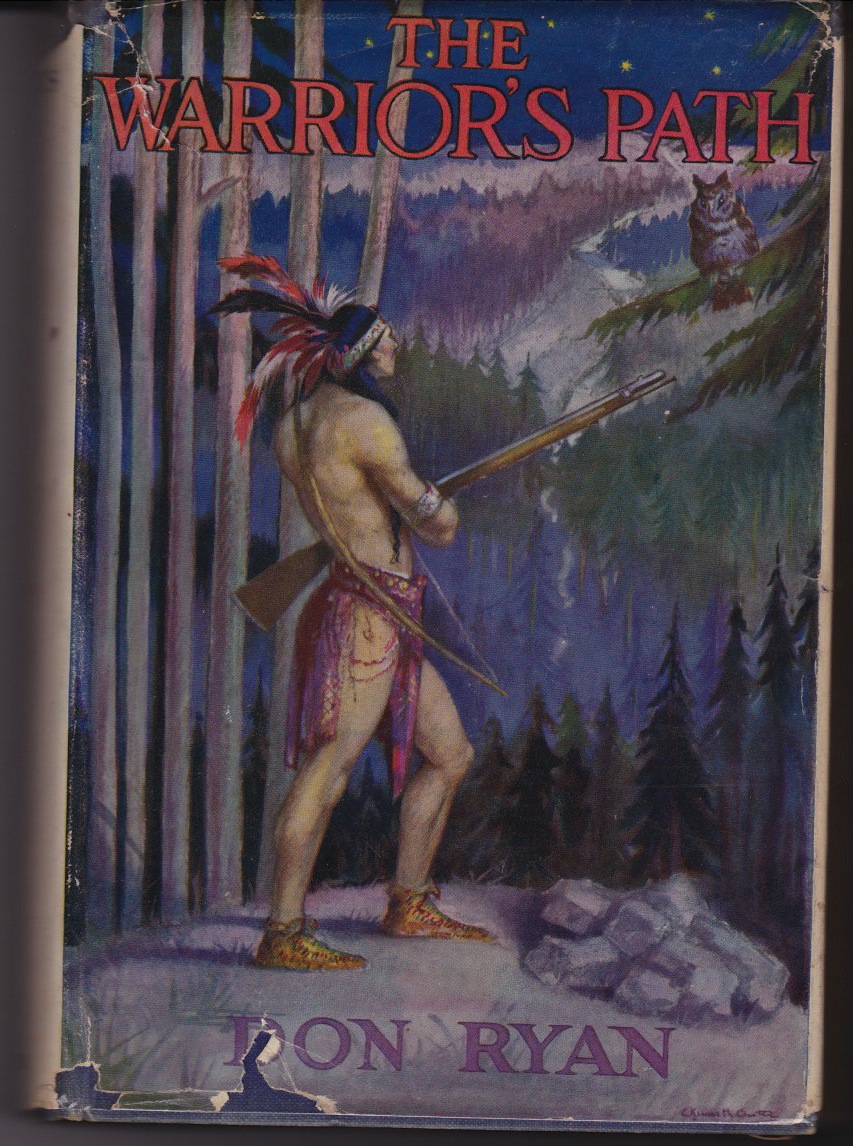 wouldn’t touch. His third book was The Warrior’s Path, a native captivity story about a boy kidnapped by a hostile Native American tribe and raised among them. It’s a much more traditional narrative than his earlier Hollywood books although it’s still got some of the trademark brutality that showed up in those works. For some reason, this one was published in the UK (in 1937) but never in the US.
wouldn’t touch. His third book was The Warrior’s Path, a native captivity story about a boy kidnapped by a hostile Native American tribe and raised among them. It’s a much more traditional narrative than his earlier Hollywood books although it’s still got some of the trademark brutality that showed up in those works. For some reason, this one was published in the UK (in 1937) but never in the US.
His final book, The Devil’s Brigadier, is also a historical novel, this one telling the story of two brothers in early America who follow a path of revenge and adventure, getting involved with a variety of dangerous characters, revivalists, etc. Probably the most conventional of 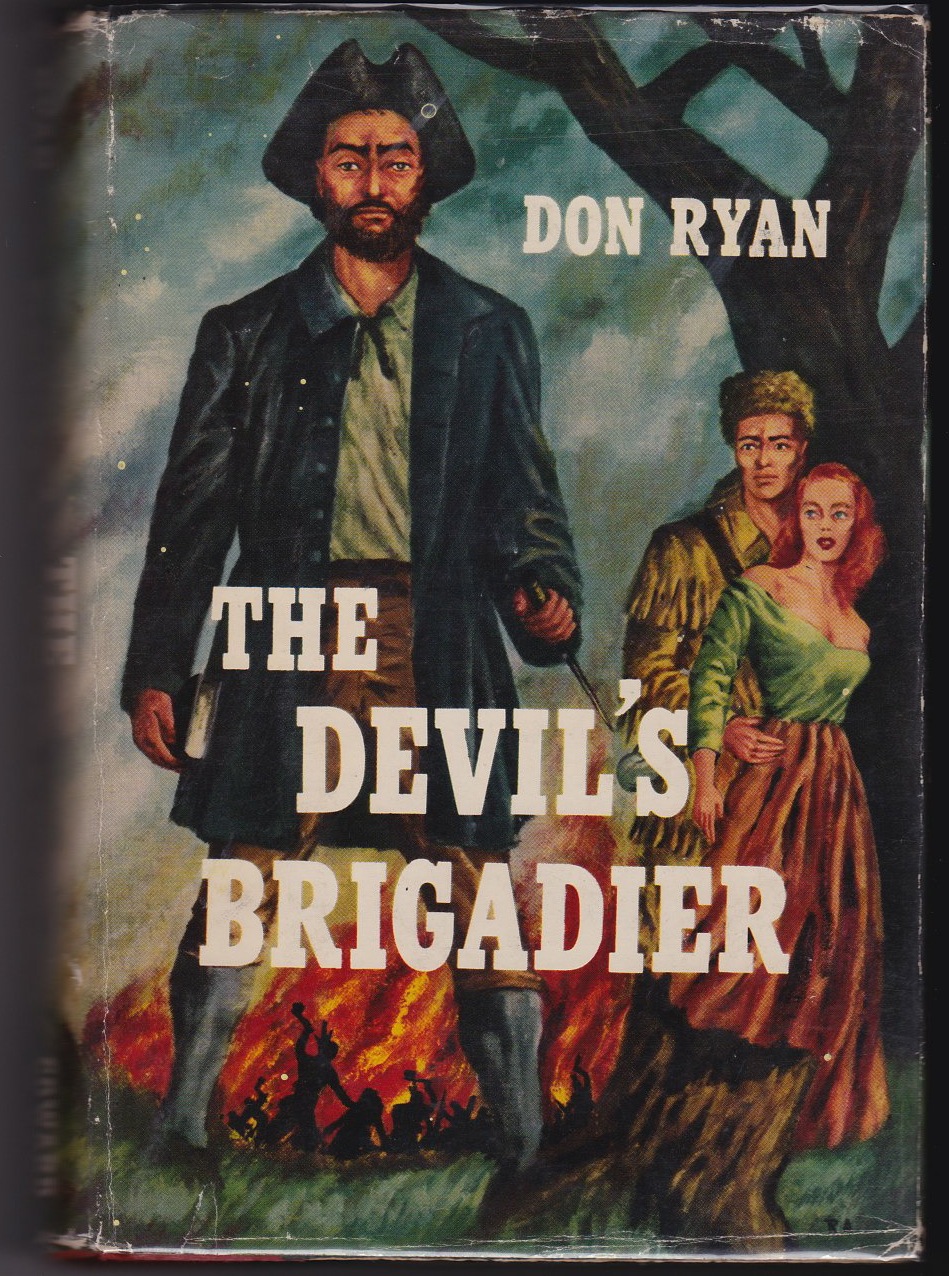 Ryan’s books and the only one printed in both hardcover (Coward McCann 1954) and paperback (Berkley 1955).
Ryan’s books and the only one printed in both hardcover (Coward McCann 1954) and paperback (Berkley 1955).
From what I’ve been able to find out, Ryan lived into the 1970s, which means his books won’t enter the pubic domain for several more years. With the exception of a few mentions in dissertations, his literary career is pretty much forgotten, which is unfortunate since they’re all worth reading. His books are all out of print and, with the exception of Devil’s Brigadier, extremely rare. So, unless you’ve got access to a good library, a lot of money, or a lot of luck at yard sales, you may have a hard time reading these. Still, they’re worth seeking out.
Angel's Flight ask the dust California California Dream Day of the Locust Devil's Brigadier Don Ryan Erich von Stroheim Foolish Wives Greed Hollywood Hollywood Novel Horace McCoy I Should Have Stayed Home James M. Cain john fante Kevin Starr Mack Sennet Merry Widow Mildred Pierce Nathanael West Raymond Chandler Roman Holiday The Big Sleep They Shoot Horses Don't They Warrior's Path Wedding March World War I
